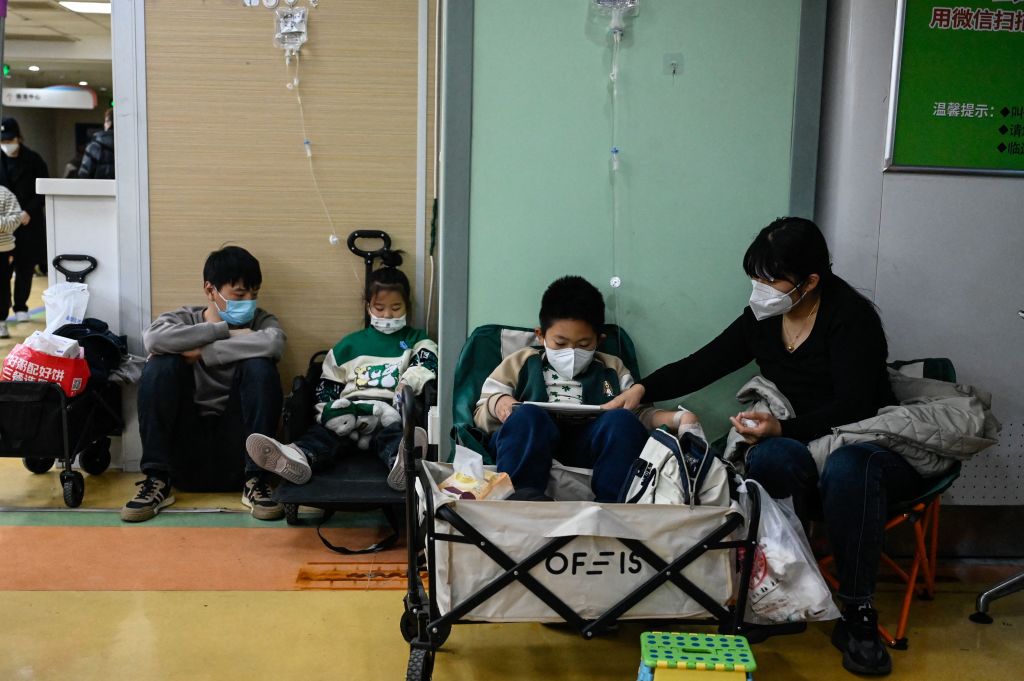The World Health Organization asked China for detailed information about a surge in respiratory illnesses in children, including pneumonia, as top pediatric medical centers across the country are overwhelmed with patients.
The WHO cited reports including one this week from ProMED, which tracks outbreaks of infectious diseases around the world, warning of an “undiagnosed pneumonia in children in northern China.” The international health body has requested additional epidemiological and clinical information and test results from Chinese officials, it said in a statement Wednesday.
[time-brightcove not-tgx=”true”]
The resurgence of several respiratory pathogens come as China heads into its first winter after easing stringent Covid-19 pandemic restrictions, and appears to have hit children particularly hard.
Read More: Your 2023 Holiday Season Guide to COVID-19, Flu, and RSV
“It is unclear if these are associated with the overall increase in respiratory infections previously reported by Chinese authorities, or separate events,” the WHO said.
Local media has reported a steady rise in infections from a pathogen called mycoplasma among kindergarten and primary school children. While the germ tends to cause only mild colds in older kids and adults with robust immune systems, younger children are prone to develop pneumonia — with symptoms lasting for weeks.
Data from the Chinese Center for Disease Control and Prevention also showed the influenza positivity rate climbing steadily in October, even as Covid rates continue to trend down following a small peak over the summer.
Beijing Chaoyang Hospital, China’s top medical center for respiratory diseases, has seen the mycoplasma positivity rate among children rising to 40% — compared to just 6% among adults — the hospital’s vice dean Tong Zhaohui said at a briefing in the city last week. Mycoplasma tends to cause major outbreaks every three to seven years, he warned.
Already, more people are masking up on Beijing’s busy subway trains, while teachers in the city have pleaded with parents to not send their kids to school should they display any symptoms.
Potentially fueling concerns, the most common antibiotic used to treat mycoplasma infections faces higher drug resistance in China versus elsewhere in the world.
Read More: 25% of Antibiotic Prescriptions Are Unnecessary. Here’s Why That’s So Dangerous
Up to 60-70% of adult cases and up to 80% of cases in kids don’t respond to the drug, azithromycin, and others in the same class of antibiotics, Yin Yudong, an infectious disease doctor at Chaoyang, told Beijing News earlier this month.
That’s sparked a rush by anxious parents to top children’s hospitals in some Chinese mega-cities. Local media reports have showed several prestigious pediatric medical centers in Beijing teeming with parents and sick kids, while the time it takes for families to see an emergency room doctor has in some cases stretched to more than seven hours.

